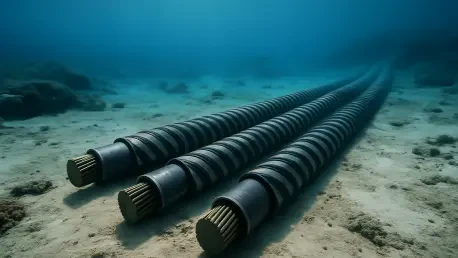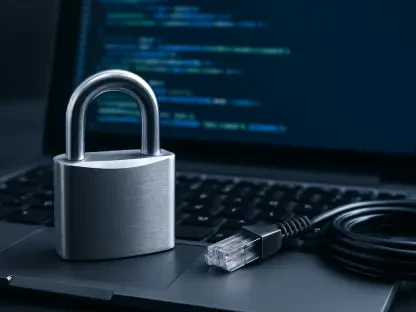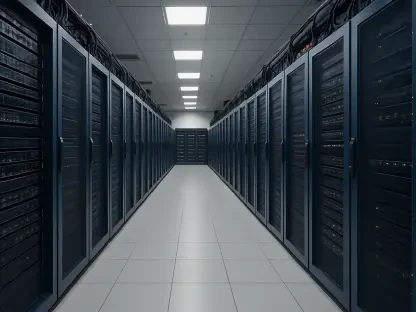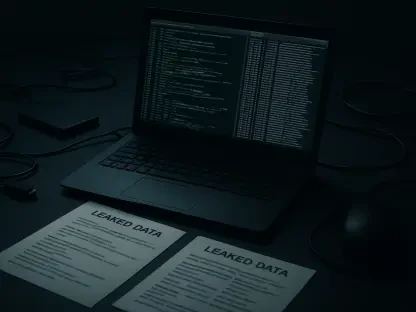In today’s interconnected world, the security of undersea internet cables has become a vital national concern. Rupert Marais, an expert in telecommunications security, offers his insights into the actions being taken by the US to safeguard these critical infrastructures from foreign influences.
What prompted the FCC to take action against Chinese influence on US-connected undersea internet cables?
The growing geopolitical tensions and concerns over the potential for foreign adversaries to compromise US telecommunications have prompted this move. The situation with China and Russia, among others, has made the need to secure these cables even more pressing. Ensuring the integrity and security of our communication infrastructure is a top priority for the FCC right now.
Can you elaborate on the specific rule the FCC plans to vote on next month concerning undersea cables?
The FCC is considering a rule that would implement default denials for applications from foreign adversary-controlled entities seeking to construct, operate, or lease cable infrastructure. This is aimed at proactively protecting our subsea cables from potential threats. Furthermore, it would restrict the use of equipment from companies deemed a risk, although specifics on what constitutes “covered” equipment haven’t been officially disclosed yet.
How does securing these submarine cables fit into the broader goal of advancing AI infrastructure in the US?
Securing these cables aligns with the larger vision of building robust AI infrastructure by ensuring the continuity and integrity of data transmission. Since AI systems rely heavily on large volumes of data, any compromise in the cable infrastructure could significantly disrupt AI development and deployment.
What percentage of the world’s internet traffic is carried by submarine cables?
These cables are incredibly critical as they handle about 99 percent of the world’s internet traffic. This highlights their importance in global communications and underlines why protecting them from potential threats is so crucial.
Who are identified as the primary threats to these undersea cables, according to the FCC chairman?
The primary threats identified by the FCC include nations like China and Russia. These countries have reportedly engaged in activities that pose risks to the security and integrity of submarine cable infrastructures.
What are the provisions of the proposed rule regarding applicants for cable construction, operation, or leasing?
The rule outlines a strategy of default denials for applicants who are believed to have ties to foreign adversaries. This is a precautionary measure to prevent these entities from having even the slightest capability to compromise critical infrastructure.
How does the FCC define “covered” equipment in the context of subsea cable infrastructure?
Currently, the specific definition isn’t publicly available, but it’s expected to be similar to the “rip-and-replace” program targeting companies like Huawei and ZTE, which involves equipment that could pose national security risks.
Are there any parallels between this proposed rule and the previous rip-and-replace order involving Huawei and ZTE?
Yes, there are notable similarities. Both initiatives focus on removing and restricting access to critical communications infrastructure by known or potential adversaries, thereby securing the network from foreign manipulations.
What challenges has the FCC faced in the implementation of the rip-and-replace program?
The implementation has been slower than anticipated, primarily due to the enormous scale of replacing existing infrastructure and the significant funding shortfall. Many telecom companies are struggling to meet the program’s objectives within the set timelines.
Why has the rip-and-replace program been slow, and what is being done to accelerate this process?
The slowness is largely due to financial constraints and logistical challenges. The Biden administration has proposed a spectrum auction to generate funds, which could speed up the efforts once fully operational.
How is the Biden administration addressing the funding shortfall for the rip-and-replace effort?
There’s a push to conduct a spectrum auction to alleviate the financial shortfall. This auction, cleared by recent legislative actions, aims to generate the necessary capital to support the rip-and-replace initiatives.
In what ways have undersea cables been threatened or attacked in recent years?
Instances of attacks and sabotage have been reported, with activities ranging from damage by foreign state actors to interference by non-state groups. These threats highlight the vulnerability that current undersea infrastructure faces on a global scale.
What measures have countries like Sweden taken to protect their subsea cables?
Countries such as Sweden have deployed naval forces to patrol vulnerable areas, like the Baltic Sea, to deter potential threats and attacks on their cable infrastructure, showcasing proactive defense measures.
Can you provide details on China’s alleged activities related to undersea cable attacks?
China has been accused of engaging in cable-cutting operations, not only near their borders but also in international waters. Allegations include equipping vessels capable of damaging these critical infrastructures.
How might China’s development of a device to sever submarine cables impact global internet infrastructure security?
If such a device becomes operational, it would pose a significant threat to global internet security. With the ability to reach even the deepest cables, it could potentially allow for large-scale disruptions and highlight the pressing need for enhanced security measures worldwide.









